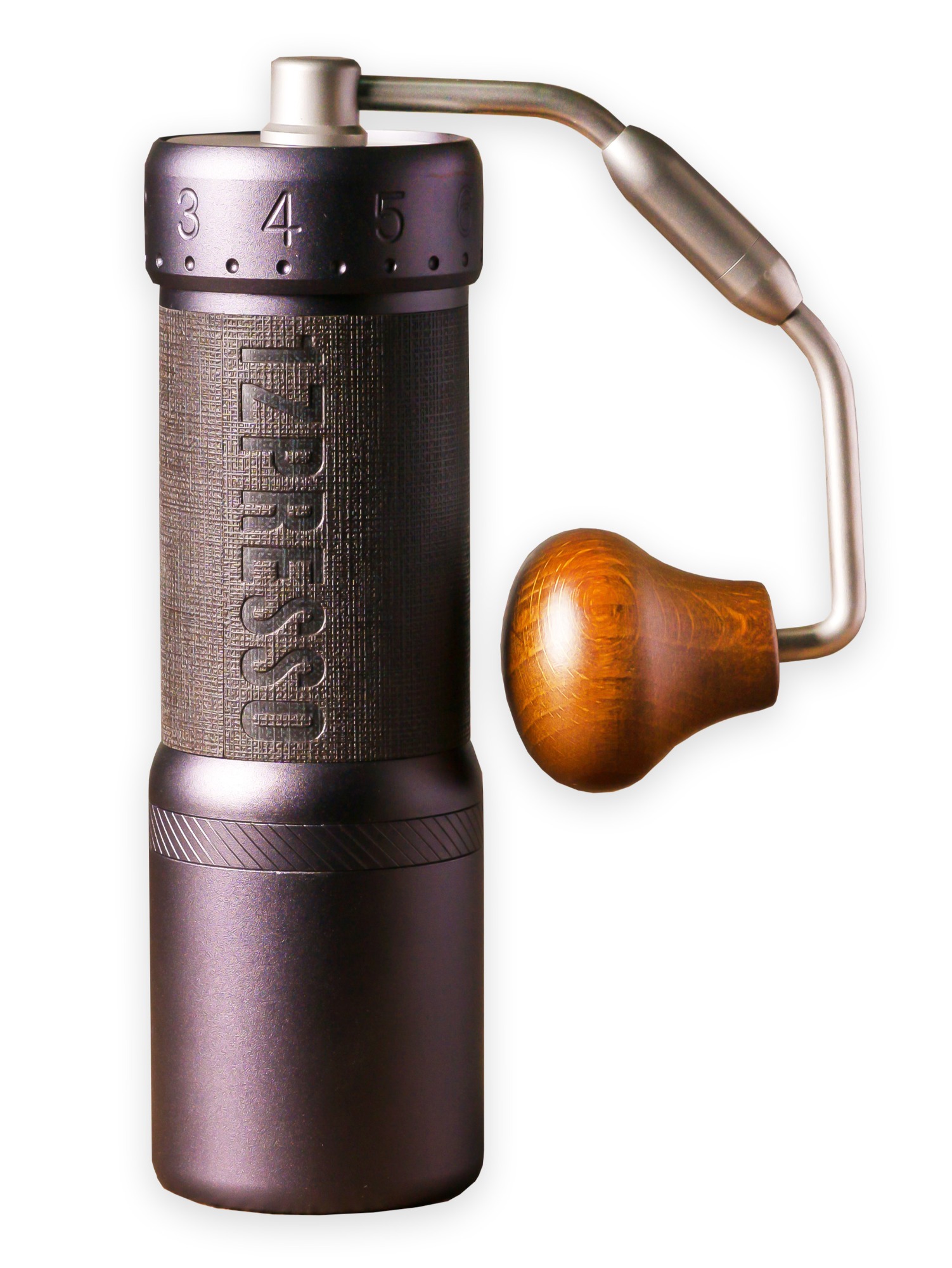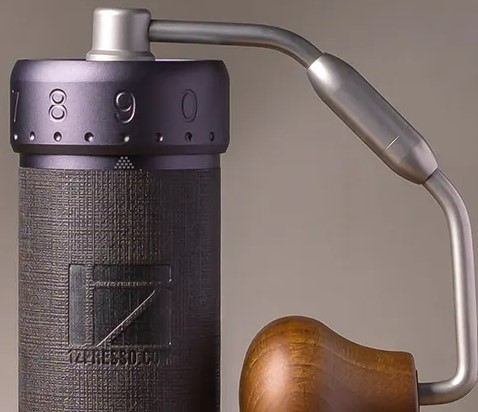Master the Art of Grinding Coffee Beans: A Guide to Coffee Grinders
For coffee fanatics, the procedure of grinding coffee beans is even more than just a routine task; it is an art type that can considerably affect the taste and top quality of the last mixture. Understanding the nuances of different grinder types, choosing the proper work dimension, and utilizing the right strategies are crucial actions in the direction of accomplishing that excellent mug of coffee.
Kinds of Coffee Grinders
There are 3 main types of coffee grinders commonly utilized by coffee enthusiasts: blade mills, burr grinders, and manual grinders. Blade grinders are the most standard type, utilizing an easy blade to slice the coffee beans. While they are inexpensive and simple to utilize, they typically result in irregular coffee premises due to inconsistent grinding.
Manual grinders, as the name suggests, call for manual effort to grind the coffee beans. They are frequently liked by those who enjoy the process of hand developing coffee or for those that value portability. Hands-on mills can differ in style, from straightforward handheld versions to more complex counter top versions. While they might call for even more effort, manual grinders use control over the grinding procedure, allowing customers to change the grind dimension to their choice. Each type of coffee grinder has its advantages and optimal use cases, catering to the diverse choices of coffee enthusiasts.

Picking the Right Grind Dimension
With an understanding of the different sorts of coffee mills, the next essential action in accomplishing the best cup of coffee is picking the best work size. The work size plays a significant function in identifying the taste account of your coffee (1Zpresso J-Max). Various developing techniques require certain work dimensions to optimize the removal of tastes from the coffee grounds
For a coarse work, perfect for French press and cool brew methods, the coffee beans must look like breadcrumbs, offering a robust and vibrant flavor. Medium-coarse grinds, ideal for Chemex or Clever Dripper, have a texture similar to coarse sand, offering a well balanced taste.
Medium grinds, commonly used in drip coffee machine, have a consistency looking like regular sand, resulting in a well-rounded taste. Fine grinds, best for espresso machines, are similar to common salt, generating an abundant and extreme preference. Finally, extra-fine grinds, used in Turkish coffee, are as fine as powdered sugar and produce a strong and powerful mixture.
Grinding Techniques for Optimal Flavor
To draw out the fullest capacity of flavor from your coffee beans, grasping appropriate grinding techniques is important. Uniformity is key when it comes to grinding coffee beans for ideal taste. By paying interest to these grinding strategies, you can elevate the taste profile of your coffee and appreciate a much more gratifying click over here now cup every time.
Upkeep and Cleaning Tips

Along with routine cleaning, it is important to inspect your mill for any type of indicators of wear or damage. Check the blades, burrs, and various other components for any dullness or malfunctions. Replace any kind of worn-out parts quickly to maintain the quality of your coffee grind. Store your mill in a dry and clean setting to protect Resources against any dampness or dust from affecting its efficiency. By following these upkeep and cleansing tips, you can make sure that your coffee grinder remains to supply scrumptious fresh ground coffee for years ahead.
Troubleshooting Common Mill Issues


Guaranteeing your coffee mill functions smoothly requires experienced troubleshooting of typical problems that may arise during its use. One typical issue with coffee mills is irregular grind dimension. This issue can happen due to boring blades, incorrect calibration, or unequal coffee beans. To address this, ensure your mill's blades are sharp and correctly lined up, calibrate the mill according to the wanted work size, and drink the grinder carefully while being used to help accomplish an extra consistent work.
This can happen when oils from the coffee beans develop up and block the grinder's chute. To solve this, disassemble the grinder and clean all components extensively, paying unique focus to the chute and burrs.
Lastly, site link if your mill is generating too much noise throughout operation, it could suggest an issue with the motor or inner parts. In such situations, it is advisable to seek advice from the supplier's instructions for fixing steps or seek specialist help to detect and correct the concern quickly.
Final Thought
Finally, grasping the art of grinding coffee beans involves understanding the various types of coffee grinders, selecting the appropriate work dimension, making use of appropriate grinding methods for optimum flavor, and maintaining and cleaning up the mill consistently. By following these standards and repairing common grinder issues, coffee fanatics can raise their coffee developing experience and take pleasure in a tasty mug of coffee each time.